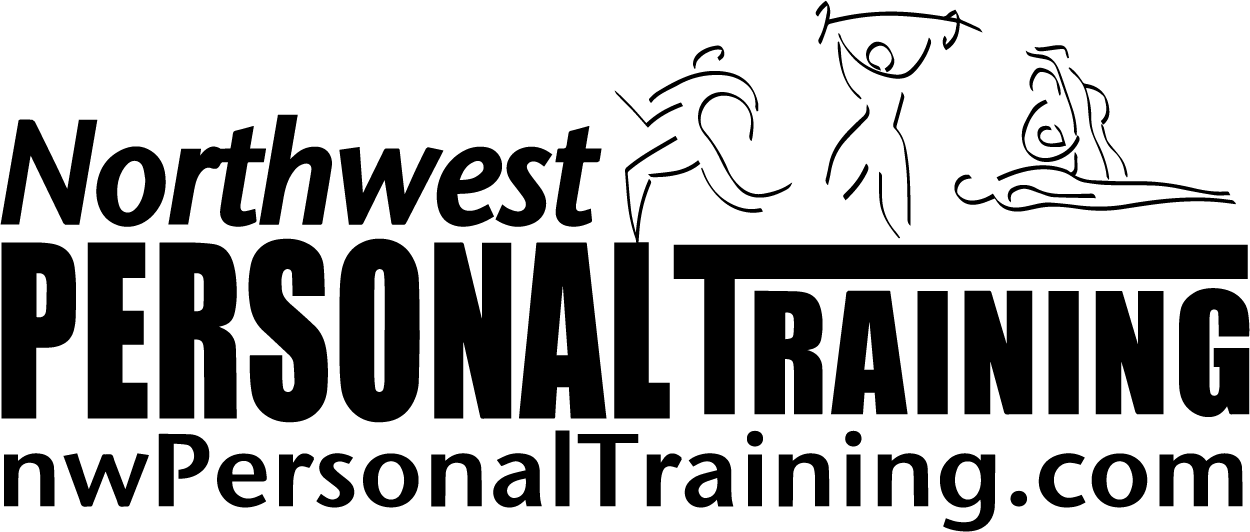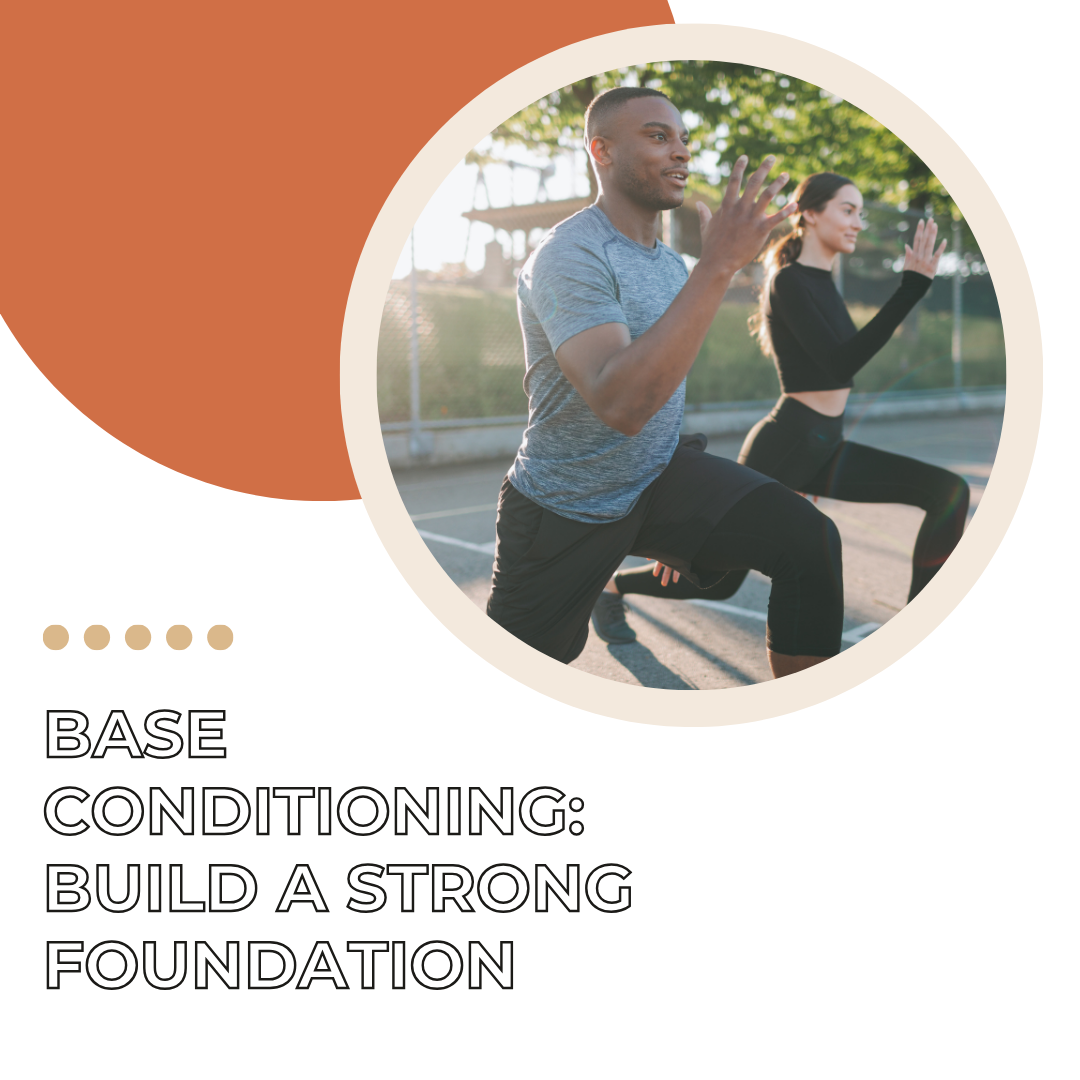Starting your fitness journey or preparing for a new athletic challenge is an exciting venture. However, laying a solid foundation before diving into high-intensity and high-volume workouts is crucial. Spending at least two months on base conditioning can make a significant difference in your performance, injury prevention, and long-term success.
Building a Strong Foundation
Base conditioning focuses on preparing your body for the demands of more intense and high-volume workouts. It focuses on developing cardiovascular endurance, muscular strength, and overall fitness. Focus on technique, breathing, posture, alignment, consistency and body awareness during the first few months. Start with low impact, slower speed. lower intensity and lower volume.
Don’t forget to sign up under “Weekly Fitness Tips” to automatically receive my latest blog post in your inbox!
The Foundational Period is Essential for Several Reasons:
 Injury Prevention
Injury Prevention
One of the primary benefits of base conditioning is reducing the risk of injury. When you gradually introduce your body to exercise, you allow your muscles, joints, and connective tissues to adapt and strengthen. This gradual adaptation is crucial in preventing strains, sprains, and overuse injuries that can occur when you jump into intense workouts too quickly.
Improved Cardiovascular Health
During the base conditioning phase, you focus on building your cardiovascular endurance. This means engaging in activities like walking, walking/jogging, cycling, or swimming at a moderate intensity. Improved cardiovascular health enhances your ability to sustain longer and more demanding workouts in the future.
Enhanced Muscular Endurance
Base conditioning helps develop muscular endurance, which is the ability of your muscles to perform repetitive movements over time. By incorporating strength training with lighter weights and higher repetitions, you build the stamina needed for more intense resistance training sessions later on.
Neuromuscular Adaptations
Base conditioning allows your nervous system and muscular system to learn to communicate better. Your muscles are controlled by your nervous system so as you improve the connection between your nerves and muscles, your strength improves and better prepares you for more advanced exercise.
Recovery
Your body needs time to adapt to new stressors. Base conditioning allows your muscles and cardiovascular system to recover adequately between workouts. This recovery time is vital for preventing burnout and ensuring consistent progress.
Building Discipline and Habits
Committing to a consistent exercise routine during the base conditioning phase helps you build discipline and establish healthy habits. This period allows you to mentally prepare for the challenges ahead, fostering a strong mindset that will carry you through more intense training.
Increased Confidence
As you gradually build your fitness level, you’ll gain confidence in your abilities. This confidence is crucial when you start increasing the intensity and volume of your workouts. Knowing that you’ve laid a solid foundation makes it easier to push your limits safely.
Make The Most of Your Two Months of Base Conditioning:
Start Slowly
Begin with moderate-intensity cardio sessions, such as brisk walking, walking/jogging repeats, or cycling. Aim for at least 150 minutes of moderate aerobic activity per week, as recommended by health guidelines.
Incorporate Strength Training
Include strength training exercises using lighter weights and 8-15 reps. Focus on form and technique to build a strong foundation of muscular endurance.
Flexibility and Mobility
Include stretching and mobility exercises. Incorporate yoga or dedicated stretching sessions to improve flexibility and prevent stiffness.
Listen to Your Body
Pay attention to how your body responds to exercise. If you feel pain or excessive fatigue, adjust your workouts accordingly. Rest and recovery are essential components of base conditioning.
Investing two months in base conditioning before ramping up your workout intensity and volume is a smart strategy for long-term success.
It prepares your body and mind for the challenges ahead, reduces the risk of injury, and builds a strong foundation of cardiovascular and muscular endurance. By taking the time to condition your body properly, you’ll set yourself up for a more enjoyable, effective, and sustainable fitness journey.
Yours in health & fitness,
Sherri McMillan



